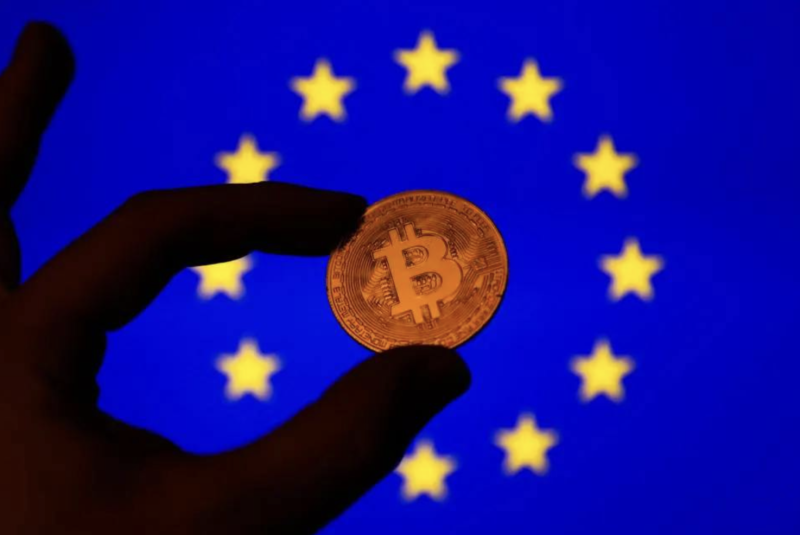EU Central Bank President Slams Bitcoin Reserve Plans
Jan 31, 2025

Ever since the US embraced the idea of the Bitcoin Reserve, other nations have started exploring steps to boost local economies and ride the wave in crypto adoption.
This strategy aims to capitalize on the striking BTC growth and prices to stimulate economic recovery. However, policymakers debate the risks associated with cryptocurrencies and whether these fears are worth the benefits.
European Central Bank President played down the possibility of integrating digital currencies, pointing out their dangers, instability, and deregulations.
ECB Refuses BTC Strategic Reserves
On January 30, during the ECB interest rate cut discussion, European Central Bank President Christine Lagarde firmly dismissed the idea of incorporating Bitcoin into the ECB’s strategic funds.
She emphasized that central bank reserves must remain liquid, secure, and regulated, implying that cryptocurrencies do not meet these criteria.
Lagarde’s stance reflects a cautious approach toward cryptocurrencies, focusing instead on developing a Central Bank Digital Currency (CBDC) to maintain monetary sovereignty within the European Union and engage with digital currencies in a more regulated manner.
National Strategic Reserve Explained
A strategic reserve is a stockpile of foreign currencies, commodities, or assets a government maintains to manage supply disruptions, stabilize markets, or respond to emergencies.
These assets serve as a buffer against black swan events that could impact national security or economic stability. Governments can sell these holdings during recessions to find immediate liquidity and deploy their monetary and fiscal policies.
For example, the United States maintains the Strategic Petroleum Reserve, the world’s largest emergency crude oil supply, to mitigate the impact of significant disruptions in oil supplies.
The US Bitcoin National Strategic Reserve, led by Senator Cynthia Lummis, aims to spend $1 million to buy and store BTC to resolve the national debt, boost the economy, and save for rainy days.
European Central Bank’s Strategic Reserves
The European Central Bank manages the foreign exchange reserves of the Eurozone, which are held to support monetary policy objectives, ensure liquidity, and maintain confidence in the Euro.
These are traditionally composed of foreign currencies, gold, and Special Drawing Rights from the International Monetary Fund. This conservative approach prioritizes highly liquid assets that carry minimal risk, which also aligns with the mandate to maintain price stability and safeguard the financial system.
The European Union is proactively developing a regulatory framework for cryptocurrencies, aiming to balance innovation with consumer protection and financial stability. The MiCA regulation seeks to establish a comprehensive regulatory system for the EU Bitcoin adoption and digital assets within the Eurozone.
However, the recent discussions around incorporating Bitcoin into the central bank have been met with skepticism by the ECB, primarily due to concerns over volatility and speculative nature.
While experts call for the Dutch government to take serious steps for BTC reserves, the Czech National Bank has approved a proposal to consider investing in “other assets” as part of its emergency funds.
Final Thoughts
The debate over incorporating digital assets into central bank reserves highlights the rising role of cryptocurrencies in banking systems and financial institutions.
While entities like the ECB remain concerned over volatility and security, other institutions are beginning to explore the potential benefits of Bitcoin reserves.
As the financial landscape evolves, central banks must carefully balance the advantages and risks associated with digital assets to make informed decisions that can spur economic recovery and sustainable growth.




